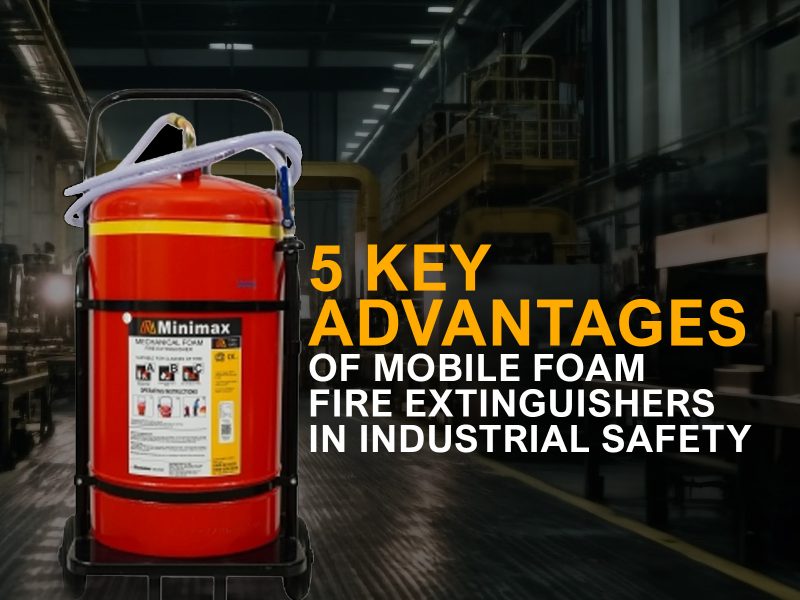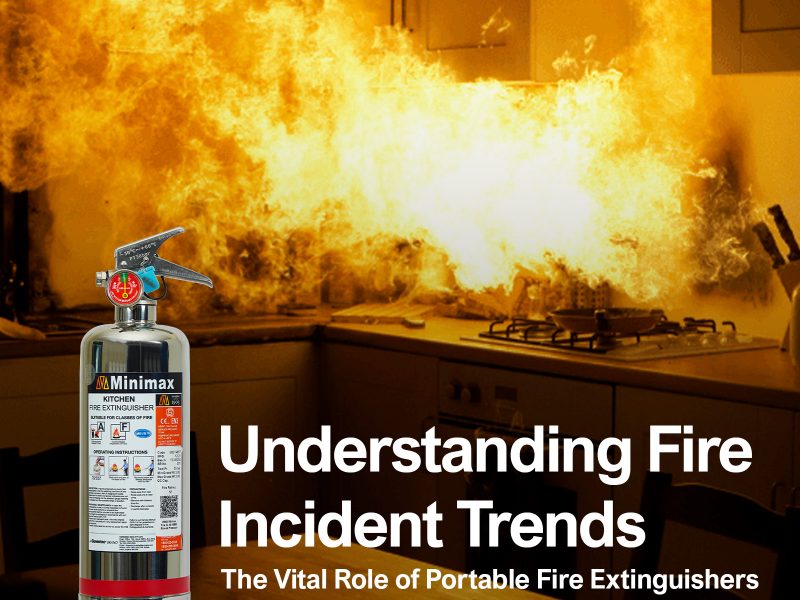A fire extinguisher is an active fire protection device used to extinguish or control small fires, often in emergencies. An extinguisher is effective only for the class of fire that it is intended for, there is no one type of fire extinguisher that is universally acceptable for all classes of fire. It is very important to know the Classification of Fires since the Type of Fire Extinguisher to be used depends on its suitability for the Class of Fire.
Before you can understand the ratings of fire extinguishers, you’ll first need to understand the different classifications of fire. There are different classifications of fire as mentioned below:
⦁ Class A – Ordinary solid material fires (wood, paper, or textiles)
⦁ Class B – Flammable liquid fires (petrol, propane, and solvents)
⦁ Class C – Gas and vapor fires (acetylene, propane and methane)
⦁ Class D – Combustible metal fires (magnesium, lithium, or titanium)
⦁ Class F – Cooking oil fires (vegetable oils and fats)
FIRE RATING
The rating of a fire extinguisher is designed to help users understand the class and size of a fire in which the extinguisher is meant to be used. The fire rating indicates, not just the type of fire that a particular extinguisher can combat, but also the size of the fire the extinguishing agent contents can effectively extinguish. Alphabets indicate the class of the fire and the numbers preceding the alphabets in the rating indicate the size of the fire the extinguisher can douse.
CLASS A FIRE RATING
The test-fire for class A fire test is created by igniting a crib made of pieces of wood of specified dimensions and quantities. A wooden crib is supported with angle irons or appropriate supports, placed on concrete blocks or support frames so as the height of the supports above the floor is 400 ± 10 mm.
Below the wooden crib on the floor ignition pan is placed. The ignition pan is filled with an appropriate volume of fuel and sufficient water as specified. Fuel is ignited which triggers the fire in the wooden crib. Fire is allowed to burn until its mass is reduced to wooden crib mass is reduced to 55 ± 2 percent of its original mass, it approximately takes 6 min to 10 min. Then discharge of the extinguisher is applied to the test fire, by the operator who needs to cover all sides of the crib.
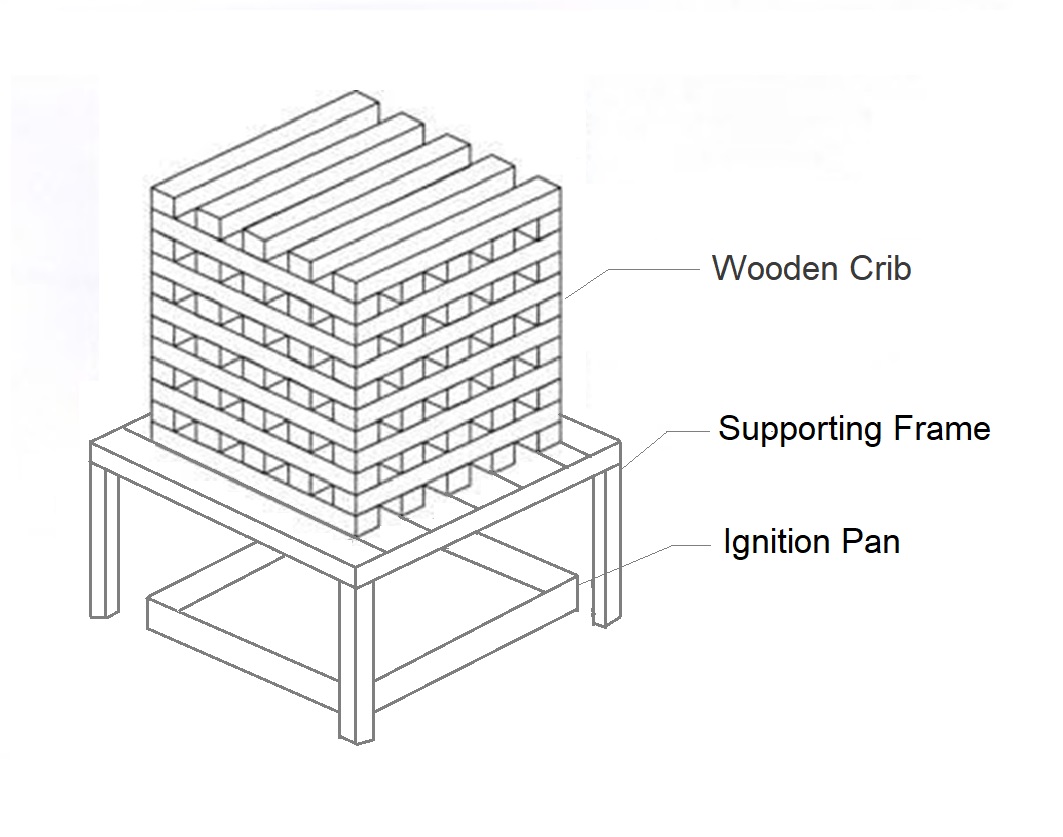
Class A Test fires shall be regarded as extinguished if there are no flames visible 3 min after the complete discharge of the extinguisher.
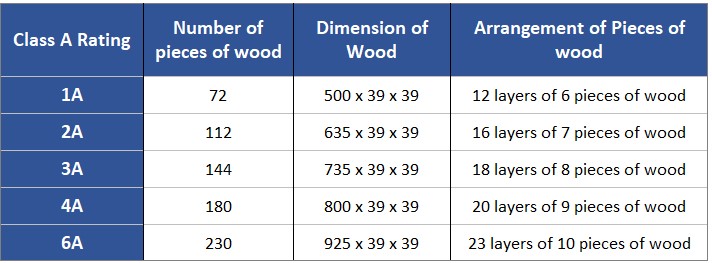
CLASS B FIRE RATING
Fire extinguishers with a Class B rating are effective against flammable liquid fires. These can be fires involving flammable liquids i.e. petrol, diesel, oils, kerosene, paints or dyes, etc. Class B fires become increasingly problematic, dangerous, and tough to exterminate if not tacked in the initial stages.
Class B test-fires utilize a range of welded-sheet-steel cylindrical trays. Fuel used is commercial grade n-heptane and appropriate volume of water as specified in Table. Fire is allowed to burn freely for a period of 60 ± 5 s before operating the extinguisher. The extinguisher is discharged continuously or in intermittent bursts on the fire. To achieve a class “B” rating, the extinguisher must completely put out a fire.
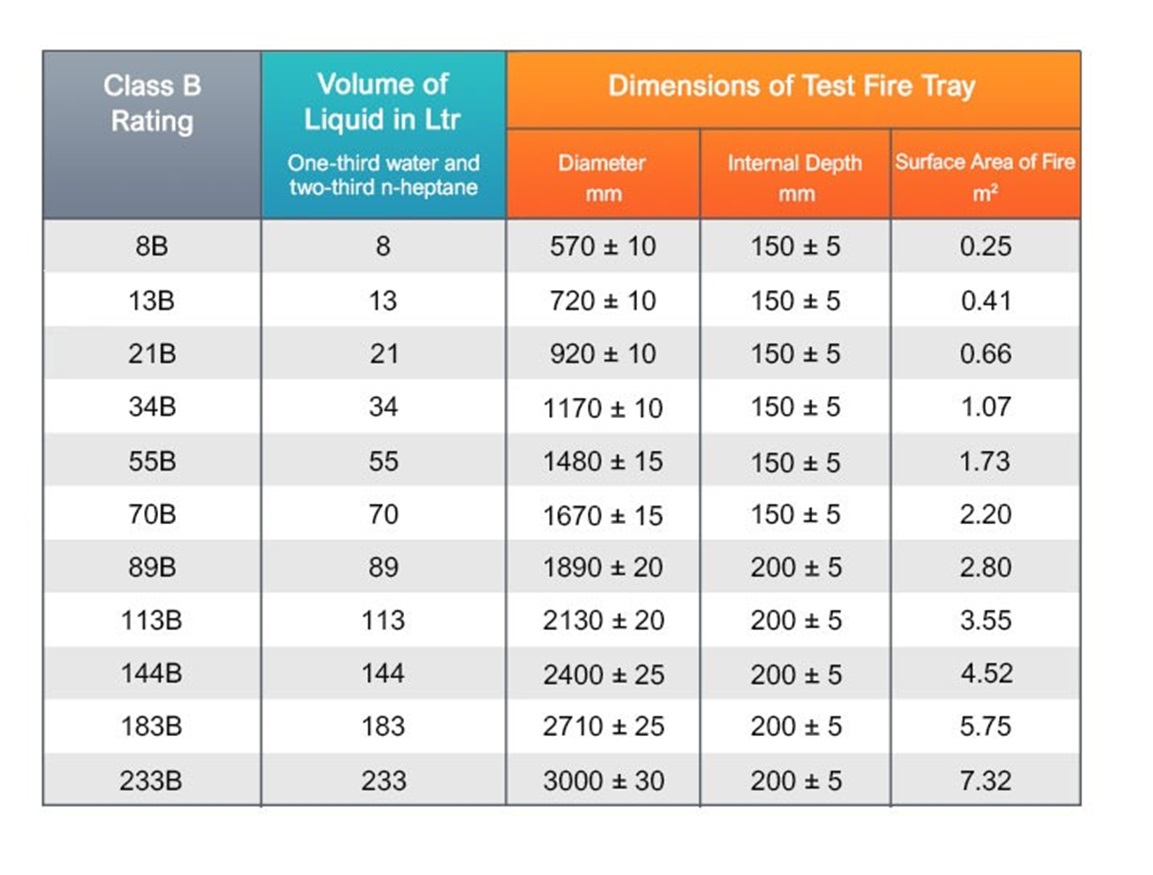
Everyone must understand the fire ratings of the fire extinguishers. Having this knowledge can be crucial in the event of a fire, as you know which type of fire extinguisher you need to use on the type, class, and size of the fire.

